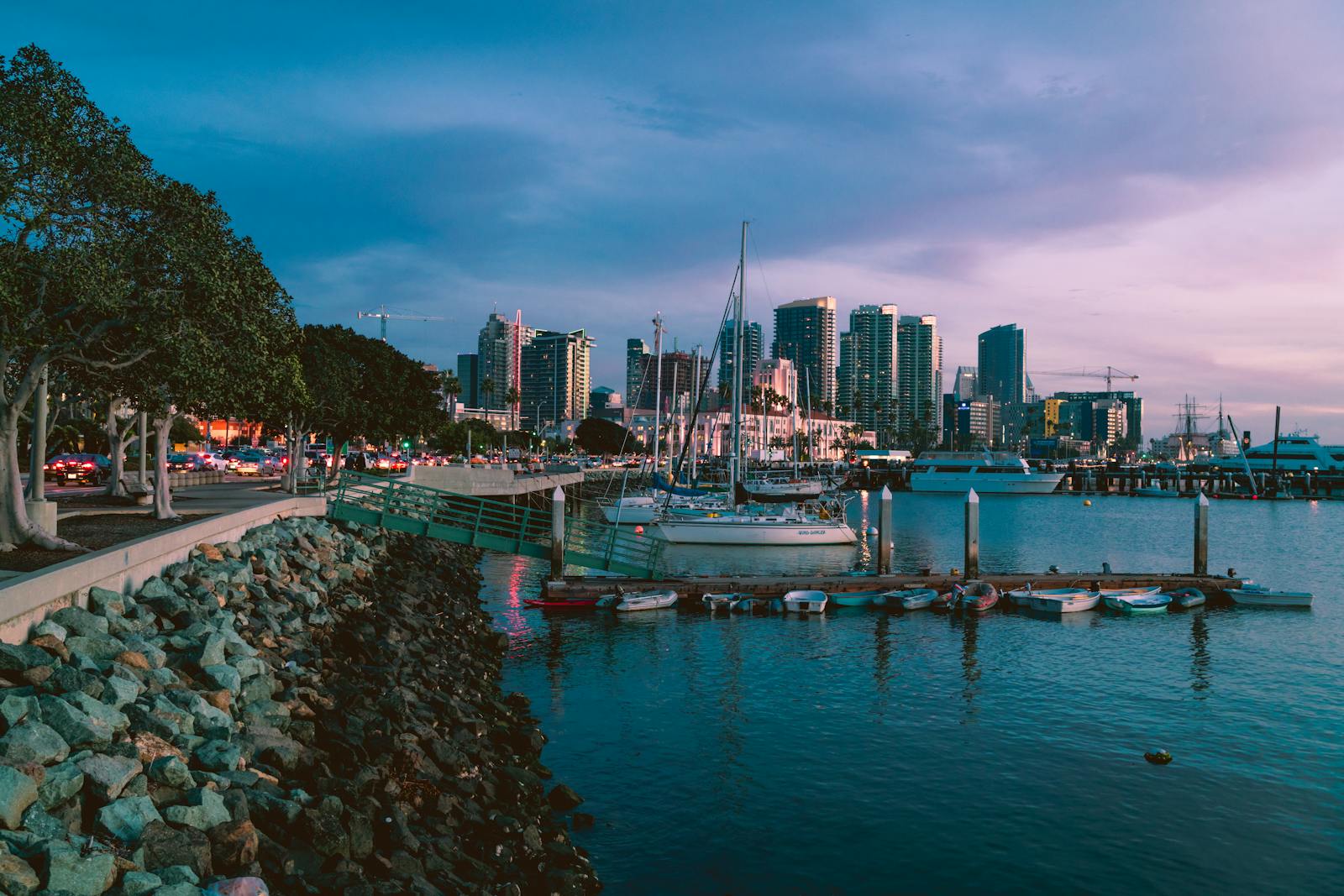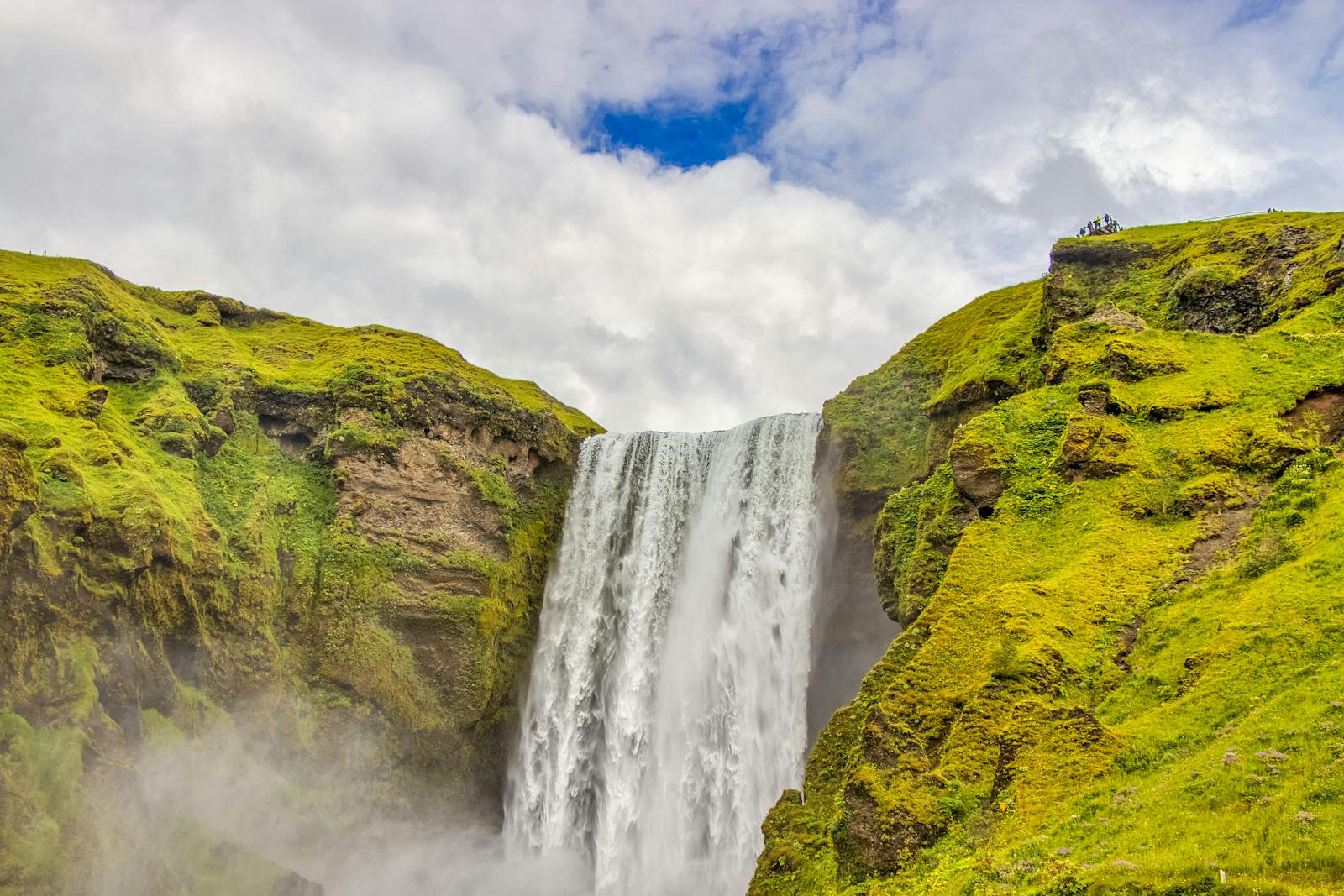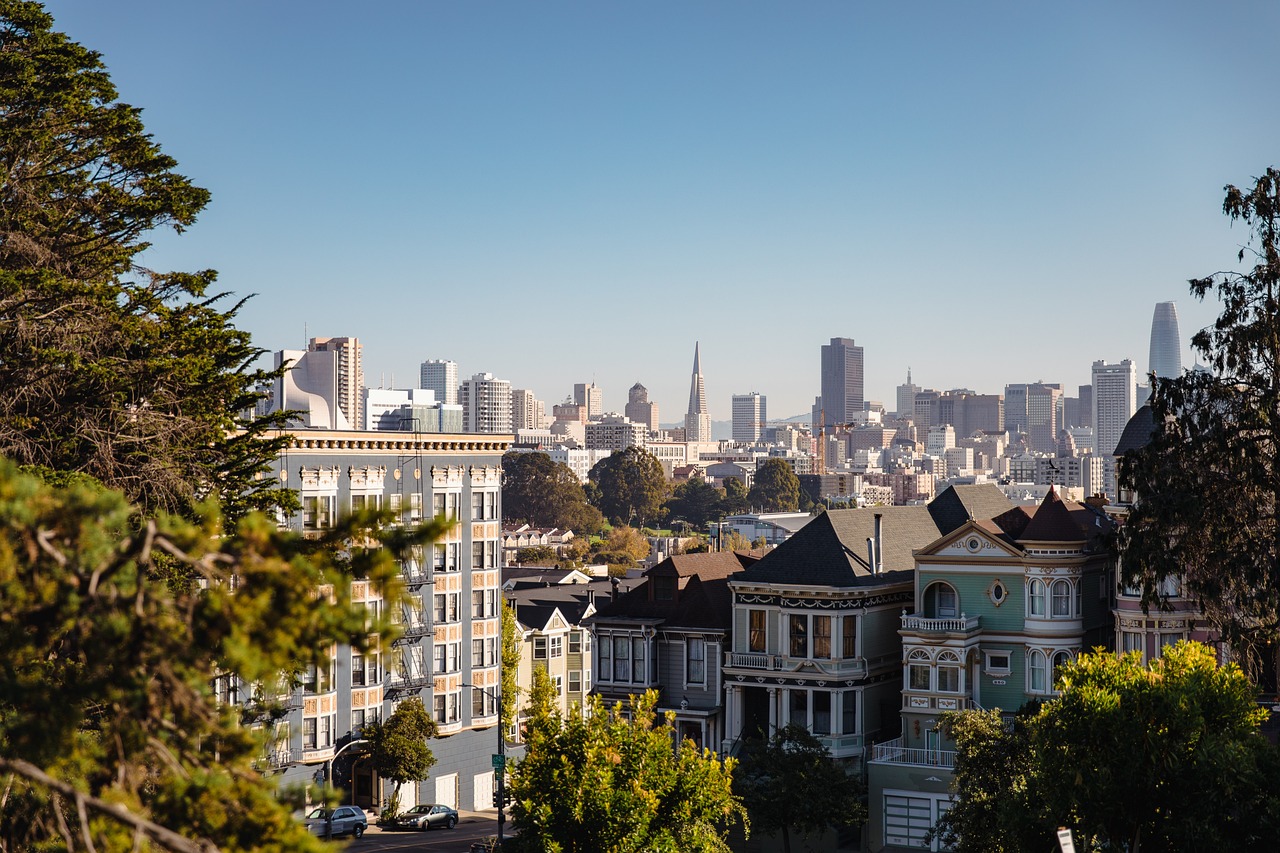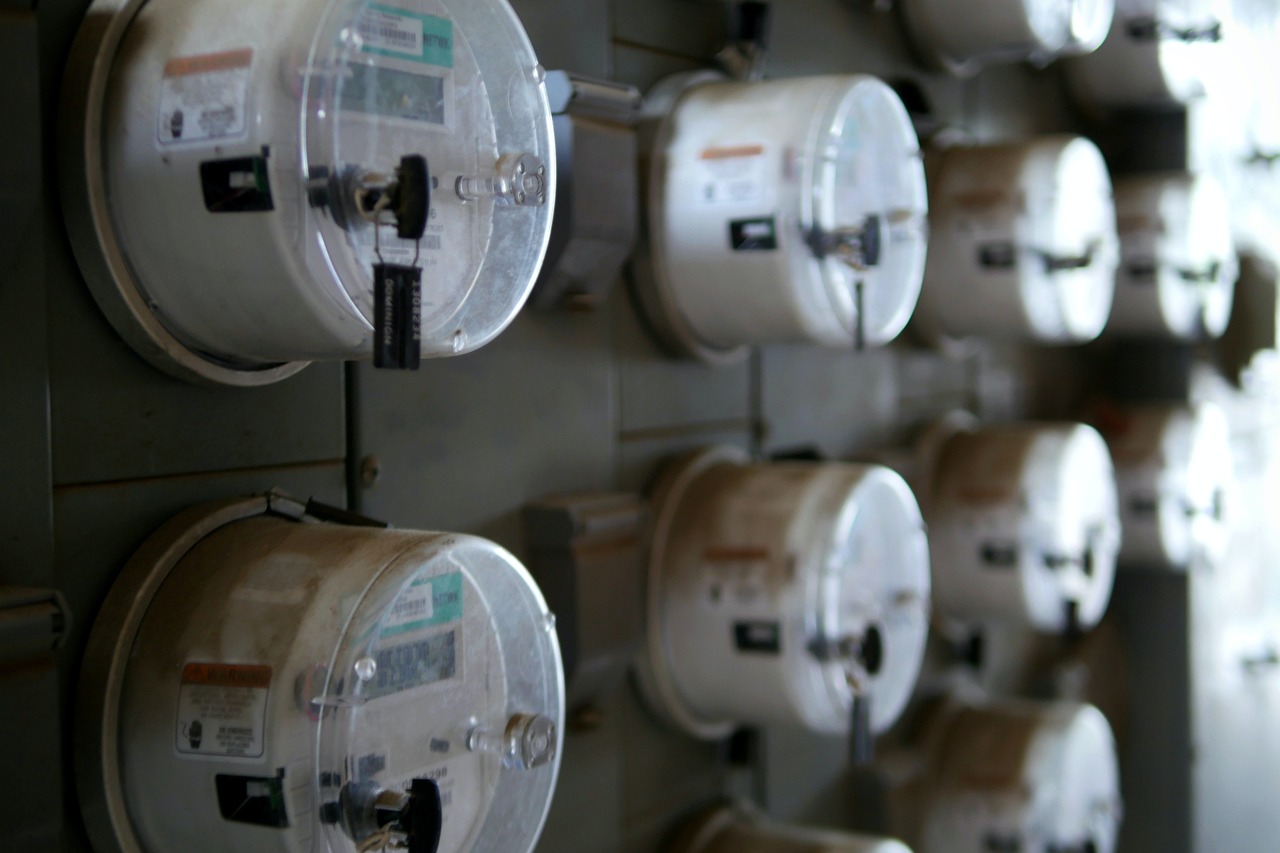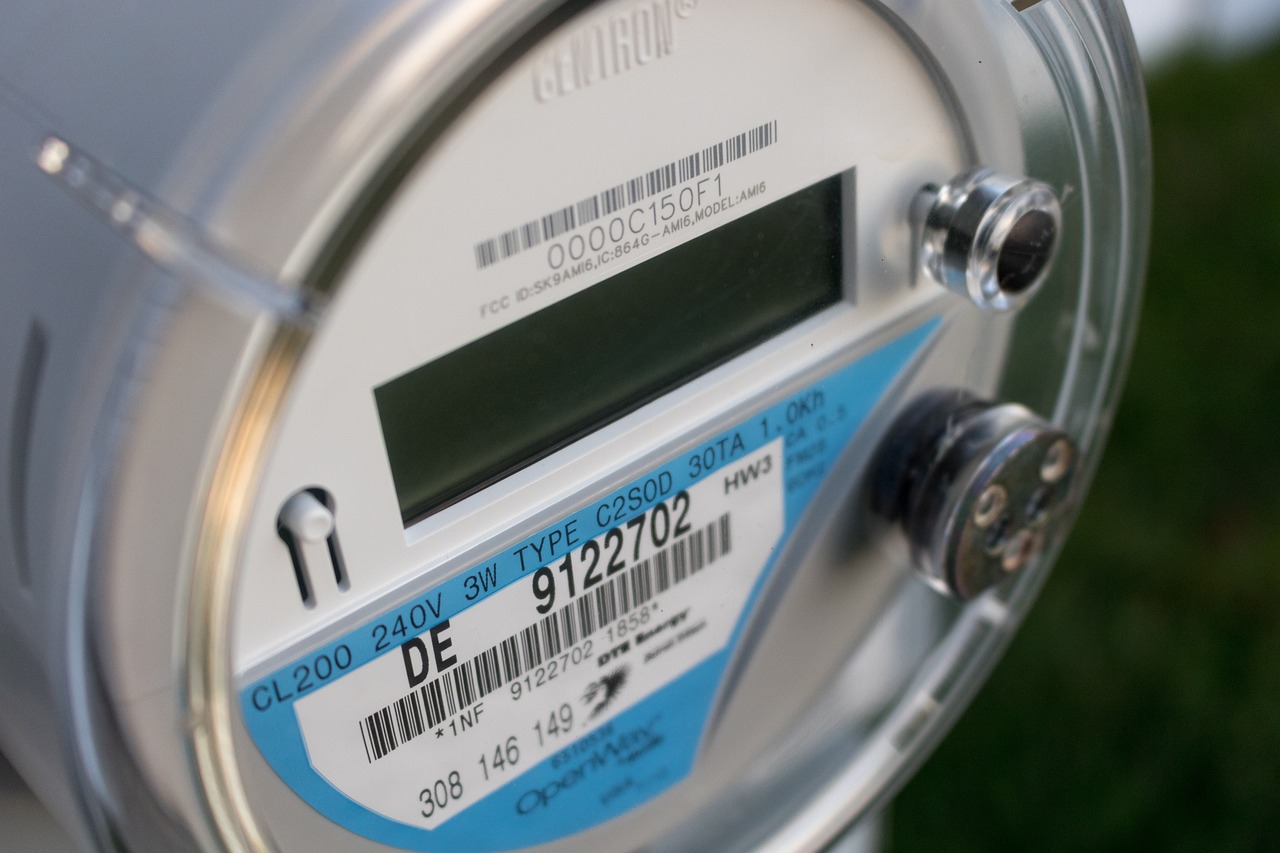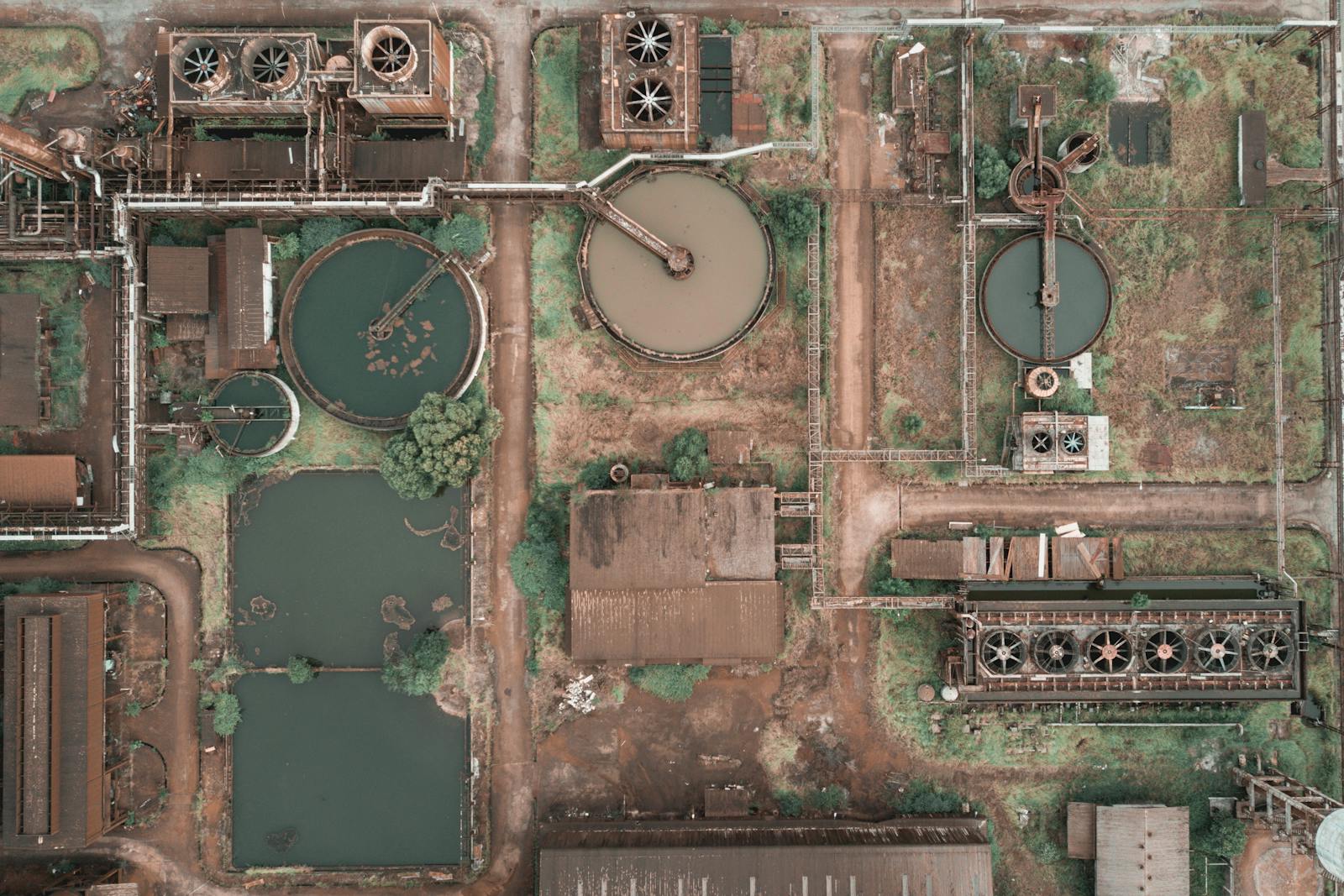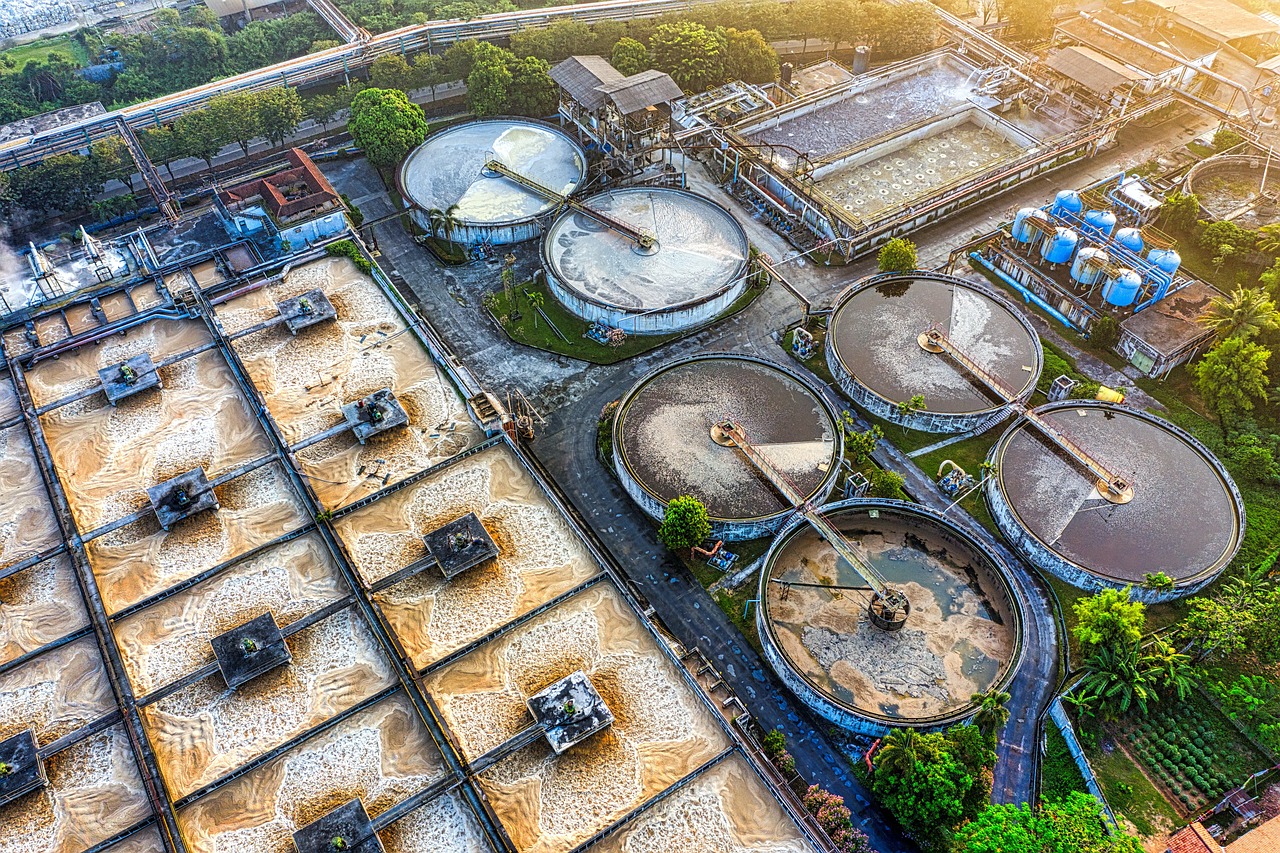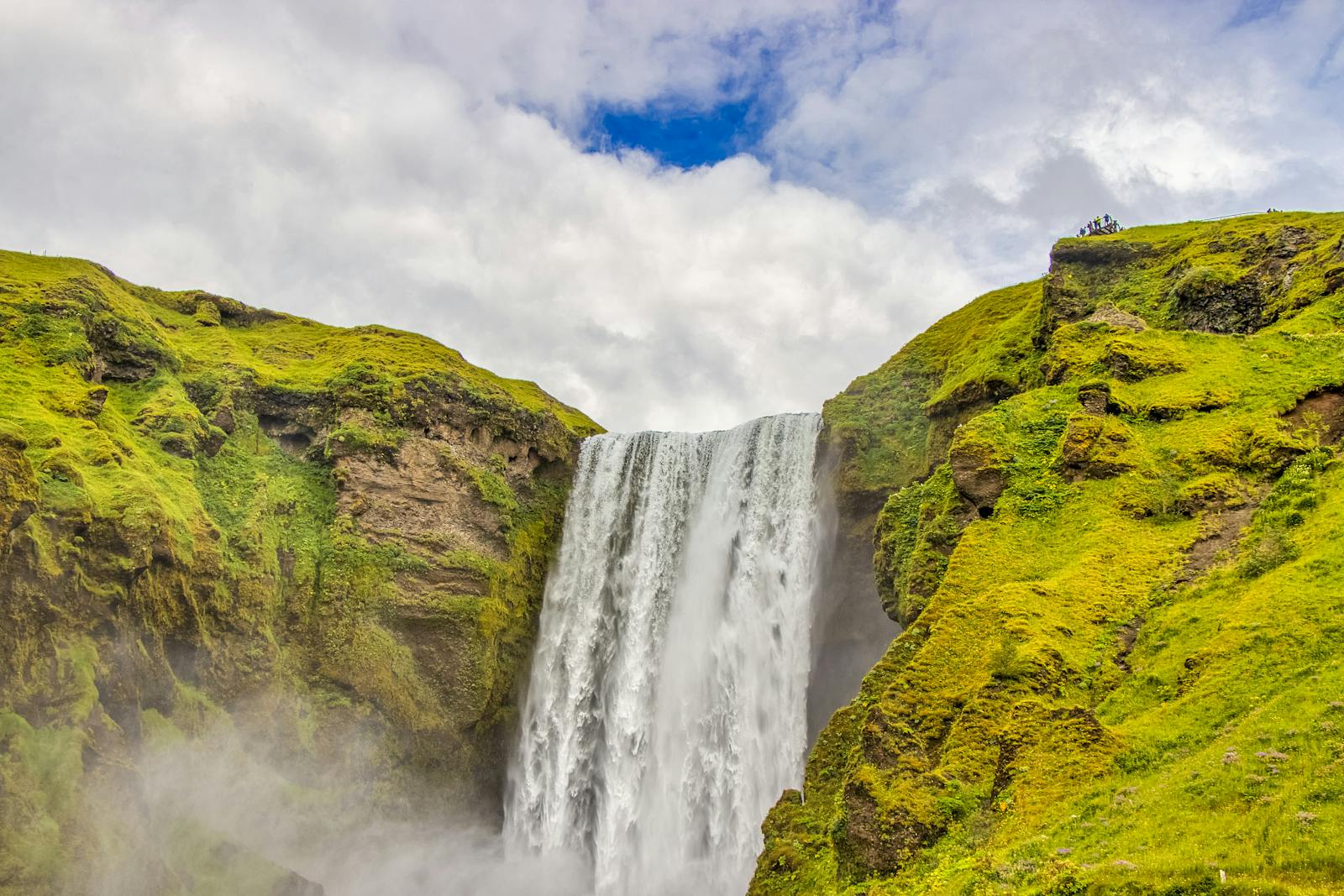San Diego Water Insights
San Diego Water Insights
San Diego Water Insights
✅ Overall Score
🏙️ Urban Planning Score
🌊 Flood Zones Management
📏 Water Levels
🏞️ Lakes and Reservoirs
🏖️ Beaches Score
🔧 Water Technologies
🏭 Desalination Plants
🌧️ Rain Capture Systems
🏞️ Rivers Score
🌊 Dams Score
🚰 Drainage Score
🌿 Sustainability Score
🌡️ Climate Vulnerability Score
💦 Water Quality Score
🌊 Water Flow Score
⚖️ Water Rights Score
🎣 Fishing Score
🚣 Recreation Score
☁️ Weather Patterns Score
🐟 Aquatic Life Score
🚢 Shipping and Ports Score
🏗️ Infrastructure Score
🌱 Native Flora Score
🦆 Wetlands Score
🏡 Residential Water Use
🏢 Commercial Water Use
🏥 Public Health Score
🗺️ Geographic Features Score
🛑 Water Restrictions Score
📊 Water Usage Statistics
🌐 Global Impact Score
📚 Educational Programs Score
🤝 Community Engagement
🏆 Awards and Recognition
📜 Historical Sites Score
🚨 Emergency Preparedness
🌈 Water Conservation Score
🛒 Water Market Score
🌍 Continent
North America
🚩 Country
United States of America
👥 Population
Approximately 1.4 million residents.
💧 Water Management System
Managed by the San Diego County Water Authority, overseeing supply and infrastructure.
🌊 Flood Zones
Managed by FEMA, FEMA Flood Map
📏 Water Levels
Monitored weekly; current data available on the city’s official website.
✈️ Living & Working Remotely
🏞️ Lakes and Reservoirs
Includes Miramar Reservoir, San Vicente Reservoir, and others.
🏖️ Beaches
Features popular beaches like La Jolla Shores, Mission Beach, and Pacific Beach.
🔧 Water Technologies
Utilizes advanced treatment and distribution systems to ensure water quality.
🏭 Desalination Plants
Home to the Carlsbad Desalination Plant, providing a significant portion of the region’s water supply.
🌧️ Rain Capture Systems
Implements rainwater harvesting initiatives to supplement water resources.
🏞️ Rivers
The San Diego River is a major waterway flowing through the city.
🌊 Dams
Includes structures like the San Vicente Dam, crucial for water storage.
🚰 Drainage Systems
Managed by the city’s Public Utilities Department to prevent flooding and manage stormwater.
🌿 Sustainability Initiatives
Programs like Pure Water San Diego aim to create a sustainable water supply.
🌡️ Climate Vulnerability
Faces challenges like droughts and heatwaves, impacting water resources.
💦 Water Quality Index
Maintains high standards; detailed reports are available through the city’s water quality reports. Go to Tap Water to learn more.
🌊 Water Flow Rate
Varies by source; managed to meet residential and commercial needs.
⚖️ Water Rights and Regulations
Governed by state laws and local ordinances to ensure fair distribution.
🎣 Fishing Conditions
Local reservoirs and lakes offer fishing opportunities; regulations apply.
🚣 Recreational Water Activities
Popular activities include kayaking, surfing, and boating along the coast and in reservoirs.
☁️ Weather Patterns
Characterized by a Mediterranean climate with mild, wet winters and hot, dry summers.
🐠 Aquatic Life
Coastal waters and inland bodies support diverse marine and freshwater species.
🚢 Shipping and Ports
Home to the Port of San Diego, a major hub for maritime trade.
🏗️ Water Infrastructure
Includes pipelines, treatment plants, and storage facilities to serve the population.
🌱 Native Flora
Features chaparral, coastal sage scrub, and other drought-resistant plant species.
🦆 Wetlands
Areas like the Tijuana River Estuary provide critical habitats for wildlife.
🏡 Residential Water Usage
Residents are encouraged to conserve water; average use is monitored by the city.
🏢 Commercial Water Usage
Businesses implement water-saving measures; usage varies by industry.
🏥 Public Health and Water
Ensures safe drinking water through rigorous testing and treatment.
🗺️ Geographic Features
Includes coastal plains, mesas, canyons, and mountains.
🛑 Water Restrictions
Implemented during droughts; current restrictions are communicated by the city.
📊 Water Usage Statistics
Detailed data available through the city’s Public Utilities Department.
🌐 Impact on Global Water
Participates in international water conservation efforts and exchanges.
📚 Water Education Programs
Offers programs to educate the public about water conservation and quality.
🤝 Community Engagement in Water Conservation
Encourages resident participation through initiatives and workshops.
🏆 Awards and Recognition for Water Stewardship
San Diego has received recognition for its innovative water reuse projects, including the Pure Water San Diego initiative.
📜 Historical Water Sites
Sites like the San Diego Aqueduct and the Old Mission Dam reflect the city’s historical efforts in water management.
🚨 Emergency Water Preparedness
Plans in place to address droughts, infrastructure failures, and natural disasters, ensuring continued water supply.
🌈 Water Conservation Efforts
Programs include rebates for water-efficient appliances, drought-tolerant landscaping, and public outreach campaigns.
🛒 Water Market and Economy
Water is a significant economic factor, influencing agriculture, industry, and tourism in the region.
💼 Economic Impact of Water
San Diego’s economy relies heavily on a sustainable water supply to support its biotech, defense, and agricultural industries.
Community and Education in San Diego’s Water Management
San Diego’s water management relies heavily on community engagement and education to ensure sustainable practices and informed decision-making. Through various initiatives, the city encourages residents to conserve water and understand the importance of protecting this vital resource.
Water Education Programs
San Diego offers comprehensive educational programs like Pure Water San Diego and the Think Blue San Diego campaign, which teach residents about water purification, stormwater management, and conservation techniques. Schools and community centers often host workshops, interactive exhibits, and field trips to treatment plants, fostering awareness from a young age.
Community Involvement
The city engages its residents through public forums, neighborhood meetings, and volunteer programs such as beach clean-ups and wetland restoration projects. These initiatives allow citizens to actively participate in maintaining water quality and protecting local ecosystems.
Rebate and Incentive Programs
San Diego incentivizes water-saving behaviors through rebates for installing drought-resistant landscaping, rain barrels, and water-efficient appliances. These programs educate homeowners about reducing water waste while offering financial benefits.
Water Conservation Workshops
Regular workshops help residents learn practical tips like fixing leaks, adjusting irrigation systems, and optimizing household water use. These sessions empower the community to take action in reducing their water footprint.
Public Awareness Campaigns
The city frequently runs campaigns to promote responsible water use, especially during droughts. Messaging includes tips on reducing usage and updates on water restrictions, ensuring the public is informed and prepared.
Urban Planning and Water Management in San Diego
San Diego’s urban planning integrates advanced water management strategies to address the city’s growing population, limited natural water resources, and climate challenges. The city’s focus on sustainable development ensures efficient water distribution, stormwater control, and resilience against droughts and floods.
Water-Smart Urban Design
Urban planning in San Diego incorporates water-efficient infrastructure such as low-impact development (LID) techniques, including permeable pavements, green roofs, and bioswales. These designs help capture and filter rainwater, reducing runoff and replenishing groundwater.
Integration of Green Spaces
Parks, urban forests, and green corridors are strategically placed to enhance stormwater absorption and reduce the urban heat island effect. These spaces also improve water quality by filtering pollutants before water reaches rivers and reservoirs.
Sustainable Growth with Mixed-Use Development
Mixed-use developments reduce water demand by clustering residential, commercial, and recreational areas. This compact urban form decreases the need for extensive water infrastructure and promotes efficient water use.
Stormwater Management Systems
San Diego’s urban planning incorporates advanced stormwater systems to mitigate flood risks. These systems include underground storage tanks and retention basins designed to manage heavy rainfall and protect communities in flood-prone areas.
Desalination and Recycled Water Infrastructure
Urban planners have prioritized infrastructure like the Carlsbad Desalination Plant and the Pure Water San Diego program, ensuring a reliable water supply through seawater desalination and water recycling, even during droughts.
Drought-Resilient Landscaping Requirements
Urban planning regulations mandate the use of drought-tolerant landscaping in public spaces, parks, and new developments. These requirements significantly reduce outdoor water use while maintaining the city’s aesthetic appeal.
Water-Efficient Public Transportation Systems
Efforts to expand public transit systems, such as trolleys and buses, indirectly reduce water demand by minimizing the need for extensive road construction and maintenance, which are water-intensive activities.
Public Health and Water Management in San Diego
San Diego’s water management system prioritizes public health by ensuring safe, clean, and reliable drinking water. Rigorous testing, advanced treatment technologies, and proactive public health measures work together to protect the well-being of residents.
Ensuring Safe Drinking Water
The city’s water supply undergoes comprehensive treatment processes, including filtration, disinfection, and advanced purification through programs like Pure Water San Diego. These steps eliminate harmful contaminants such as bacteria, viruses, and chemicals, ensuring water meets or exceeds EPA and California State safety standards.
Microbial and Chemical Safety
San Diego conducts over 250,000 water quality tests annually to detect and address potential microbial risks and chemical contaminants, such as lead, nitrates, and trihalomethanes (THMs). The city provides regular updates through annual water quality reports, keeping residents informed about their water’s safety.
Fluoridation for Dental Health
The city adds fluoride to its water supply to promote dental health and prevent tooth decay, following recommendations from the Centers for Disease Control and Prevention (CDC).
Public Health Campaigns
San Diego actively engages the community with educational initiatives, teaching residents about the importance of safe water practices, such as proper storage of drinking water and the dangers of cross-contamination from household plumbing.
Emergency Preparedness
San Diego’s water management system is equipped to respond to emergencies like natural disasters or contamination incidents. Backup water supplies, advanced monitoring systems, and emergency response plans ensure continuous access to safe drinking water during crises.
Stormwater and Public Health
Programs like Think Blue San Diego focus on preventing stormwater pollution, which can impact local waterways and public health. By addressing runoff from urban areas, the city minimizes the risk of exposure to harmful pollutants in recreational waters.
Infrastructure and Technology in San Diego’s Water Management
San Diego’s water management system relies on advanced infrastructure and innovative technologies to deliver safe, reliable, and sustainable water to its residents. From modern treatment plants to cutting-edge desalination and recycling programs, the city demonstrates leadership in water technology.
Comprehensive Water Infrastructure
San Diego’s water infrastructure includes an extensive network of pipelines, reservoirs, dams, and treatment plants. Key facilities like the Miramar and Alvarado Water Treatment Plants process millions of gallons of water daily, ensuring consistent supply to homes and businesses. The San Vicente Dam provides vital water storage capacity, especially during droughts.
Desalination Technology
The Carlsbad Desalination Plant, the largest in the Western Hemisphere, uses reverse osmosis to convert seawater into potable water. This facility produces approximately 50 million gallons per day, reducing reliance on imported water and bolstering local supply.
Pure Water San Diego
This ambitious program employs advanced purification technologies, such as microfiltration, reverse osmosis, and ultraviolet disinfection, to recycle wastewater into high-quality drinking water. By 2035, Pure Water aims to provide 50% of the city’s water supply, enhancing sustainability and resilience.
Smart Water Management Systems
San Diego leverages smart water meters and real-time monitoring technologies to track water usage and detect leaks across its distribution network. These systems improve efficiency, reduce waste, and provide valuable data for long-term planning.
Stormwater Infrastructure
The city has invested in robust stormwater management systems, including retention basins, bioswales, and permeable pavements, to prevent flooding and improve water quality. These features mitigate the impact of urban runoff on local waterways and beaches.
Recycled Water Distribution
San Diego operates an extensive purple pipe system that distributes recycled water for irrigation, industrial processes, and landscaping. This initiative conserves drinking water by providing an alternative source for non-potable uses.
Water Storage and Distribution
Large reservoirs like Lake Murray and San Vicente Reservoir ensure water availability during peak demand. The city’s network of underground storage tanks and booster stations supports efficient water delivery across its varied topography.
Leak Detection and Maintenance
San Diego employs advanced leak detection technologies to identify and repair pipeline issues before they escalate. Regular maintenance and infrastructure upgrades ensure system reliability and reduce water loss.
San Diego’s Water Management System
San Diego’s water management system is a sophisticated network designed to meet the needs of a growing population while addressing environmental and climatic challenges. With limited local water sources, the city has developed innovative strategies to secure, treat, and distribute water efficiently and sustainably.
Water Sourcing and Supply
Approximately 85% of San Diego’s water is imported from the Colorado River and the State Water Project. To reduce dependence on external sources, the city has invested in local water solutions like the Carlsbad Desalination Plant and Pure Water San Diego, which provide alternative and reliable water supplies.
Treatment and Purification
San Diego operates several advanced water treatment facilities, including the Miramar, Alvarado, and Otay Water Treatment Plants, which ensure water quality meets or exceeds EPA standards. These plants use cutting-edge filtration and disinfection technologies to remove contaminants and deliver safe drinking water.
Water Recycling
The Pure Water San Diego program plays a critical role in the city’s water management. It recycles wastewater using advanced purification techniques, such as reverse osmosis and UV disinfection, to create high-quality potable water. By 2035, this initiative aims to supply 50% of the city’s water demand.
Stormwater and Flood Management
San Diego’s stormwater infrastructure, including retention basins, storm drains, and bioswales, manages runoff during heavy rains and minimizes the risk of flooding. Programs like Think Blue San Diego help prevent stormwater pollution, protecting waterways and public health.
Sustainability and Conservation Efforts
Water conservation is a cornerstone of San Diego’s management strategy. The city promotes WaterSmart programs, offering rebates for water-efficient appliances, drought-tolerant landscaping, and rainwater harvesting systems. These efforts reduce water waste and encourage sustainable usage.
Monitoring and Leak Detection
San Diego utilizes smart water meters and real-time monitoring systems to detect leaks and track water usage. This technology enhances efficiency, reduces water loss, and helps maintain the integrity of the city’s water distribution network.
Community Engagement and Education
San Diego actively involves the community in water conservation through public outreach and education programs. Workshops, school visits, and campaigns like Be Water Wise empower residents to adopt water-saving habits and understand the importance of sustainable water management.
Emergency Preparedness
The city has robust emergency plans to ensure water availability during droughts, natural disasters, or infrastructure failures. Backup reservoirs, interagency coordination, and advanced monitoring systems ensure resilience and readiness.
Environmental Impact of Water Management in San Diego
San Diego’s water management system balances the need for a reliable water supply with the responsibility to protect local ecosystems and reduce environmental impacts. While initiatives like desalination and water recycling provide sustainable solutions, the region faces challenges related to energy use, water imports, and the health of natural habitats.
Positive Environmental Initiatives
- Pure Water San Diego: This program significantly reduces wastewater discharge into the ocean by recycling it into potable water. By 2035, it will meet 50% of the city’s water demand, reducing reliance on imported water and lowering the environmental footprint.
- Desalination with Minimal Impact: The Carlsbad Desalination Plant uses state-of-the-art technology to minimize its environmental effects. Measures such as low-impact intake systems and brine dilution protect marine life.
- Stormwater Management: Programs like Think Blue San Diego prevent urban runoff from polluting local waterways and beaches. Green infrastructure like bioswales and permeable pavements filters pollutants, protecting aquatic ecosystems.
- Sustainability in Landscaping: The city promotes drought-tolerant landscaping, reducing the need for excessive irrigation while preserving natural habitats and local biodiversity.
Environmental Challenges
- Energy Consumption: Desalination and water transport, especially from the Colorado River, require substantial energy, contributing to greenhouse gas emissions. Efforts are underway to improve energy efficiency and incorporate renewable sources.
- Imported Water Impacts: Importing water from distant sources like the Colorado River disrupts ecosystems along its route and depletes critical resources in other regions.
- Habitat Loss: Reservoirs and dams, while essential for water storage, can alter river ecosystems and disrupt wildlife habitats. The San Diego River, for instance, faces challenges related to flow reduction and sediment buildup.
- Plastic Pollution: The city combats plastic pollution in waterways through community clean-ups and educational campaigns, addressing the environmental burden caused by human activities.
Conservation and Mitigation Strategies
- Renewable Energy Integration: The city is working to reduce the carbon footprint of its water management system by integrating renewable energy into its infrastructure.
- Wetland Restoration: Efforts to restore and protect wetlands, such as the Tijuana River Estuary, help mitigate flooding, improve water quality, and provide critical habitats for wildlife.
- Public Education: Campaigns like Think Blue San Diego educate residents on how their actions impact local water systems and ecosystems, encouraging sustainable practices.
Balancing Water Needs and Environmental Protection
San Diego continues to refine its water management strategies to reduce environmental impacts while ensuring a sustainable water supply. Through innovative technologies, conservation programs, and community engagement, the city strives to protect its natural resources for future generations.
More San Diego Water Insights & Management
Get notified on new water management news, updates & advancements in San Diego.
Shop Books, eBooks, Audiobooks

The Little Book on Hydration: The People’s Guide To Health, Vitality & Flow (Audiobook)
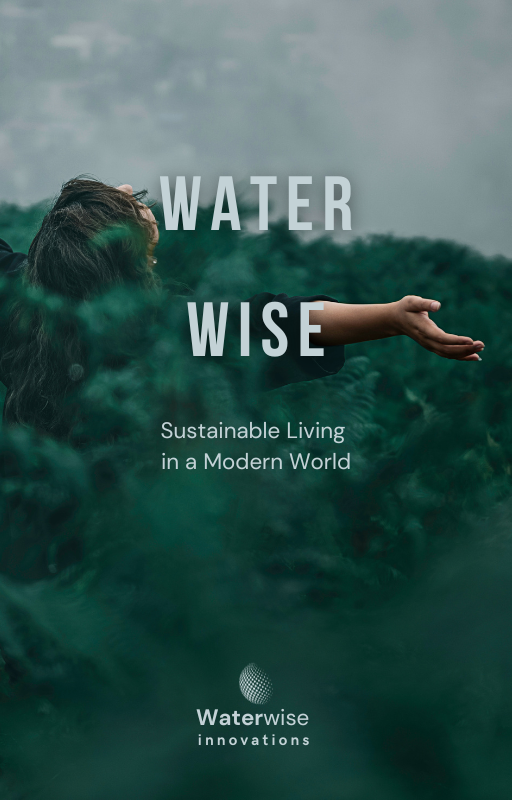
Water Wise: Sustainable Living in a Modern World
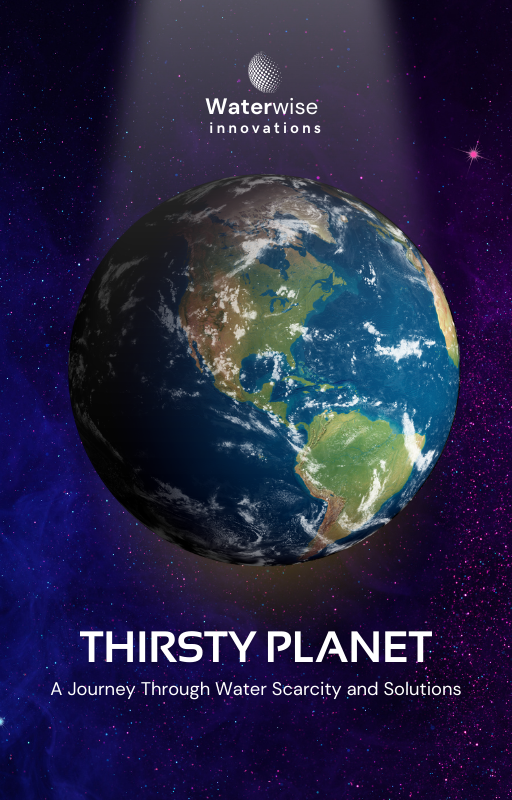
Thirsty Planet: A Journey Through Water Scarcity and Solutions
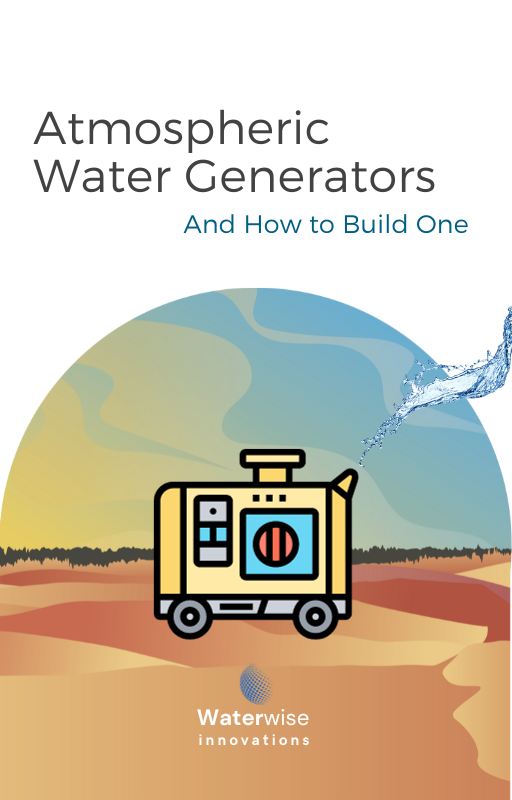
Atmospheric Water Generators: And How to Build One
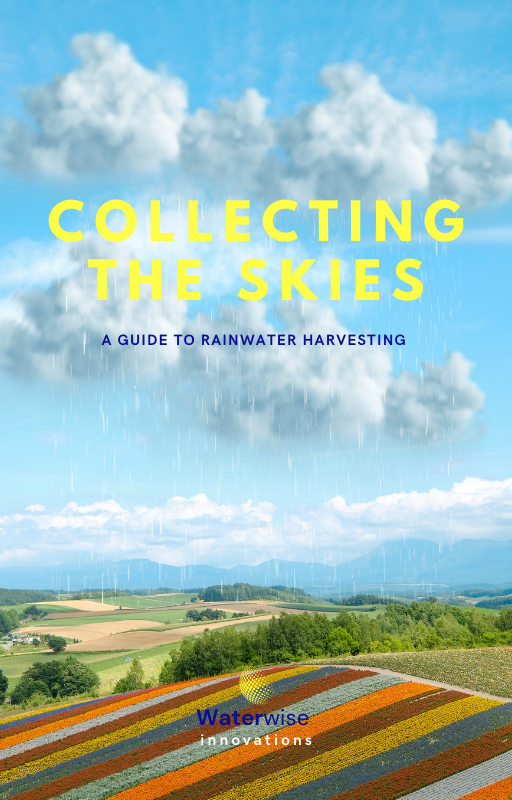
Collecting the Skies: A Guide to Rainwater Harvesting

The Little Book on Hydration: The People’s Guide To Health, Vitality & Flow
Reviews of San Diego Water Management
There are no reviews yet. Be the first one to write one.
There are no reviews yet. Be the first one to write one.

